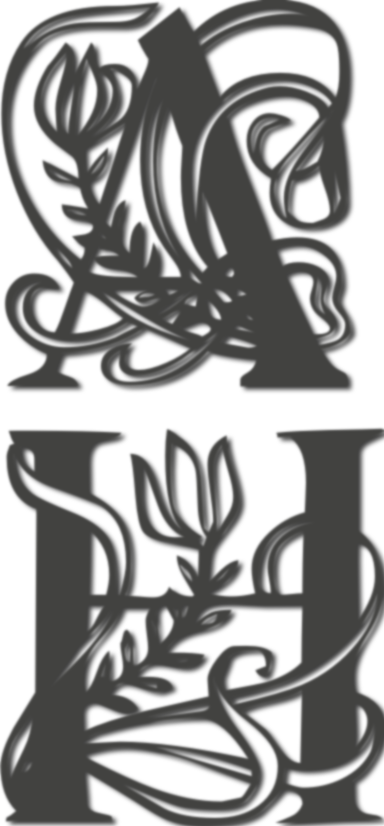| Autor |
Paweł Madejski (Uniwersytet Marii Curie-Skłodowskiej w Lublinie) ORCID:0000-0002-3585-0801 |
|---|---|
| Tytuł | Graffiti w Janowcu XVI – połowa XX wieku |
| Title | Graffiti in Janowiec: from the 16th century to the 1st half of the 20th century |
| DOI |
10.25951/4226 |
| Słowa kluczowe | epigrafika, graffiti, Janowiec. |
| Keywords | epigraphy, graffiti, Janowiec. |
| Strony | 49–67 |
| Pełny tekst / full text | |
| Tom | 22 |
Streszczenie
Graffiti rzadko stają się przedmiotem osobnych studiów w Polsce. Zespół tego rodzaju inskrypcji z Janowca nad Wisłą umożliwia prześledzenie zmian roli i funkcji graffiti począwszy od XVI aż po XX w. Są one śladem pobytu rzemieślników, turystów oraz w nielicznych przypadkach także mieszkańców tego miasta, pełniąc głównie funkcje komemoratywne. Potwierdzają fazy rozbudowy janowieckiego kościoła. Wykonano je w pięciu językach (łacińskim, polskim, rosyjskim, jidysz i niemieckim).
Summary
Graffiti as a category of inscriptions rarely constitutes a basis for scientific research in Poland. A collection of graffiti from Janowiec upon Vistula enables one to analyse the transformation of its role and function, starting from the 16th century, and up to the 20th century. The graffiti in Janowiec was drawn by craftsmen, employed in the 16th-century building projects, then by the inhabitants of the town (17th c.) and visiting tourists (from 19th c. on), serving mainly commemorative functions. The graffiti confirms the stages of the Janowiec church’s extension. Most of the preserved graffiti was written in Latin and Polish, but there are single items in Russian, German and Yiddish.
